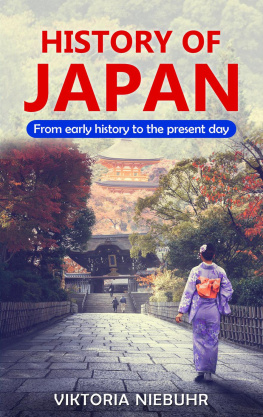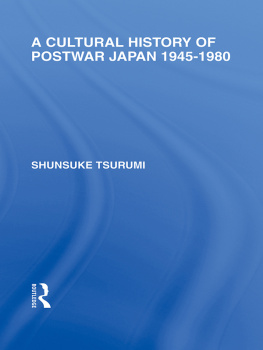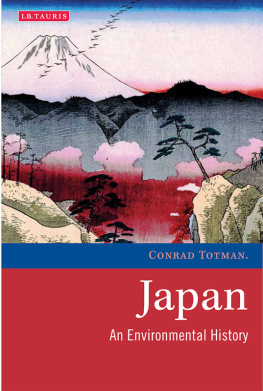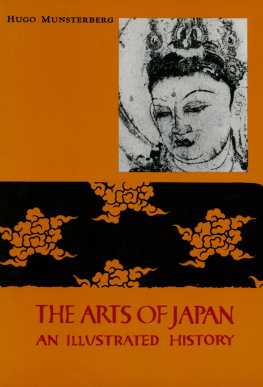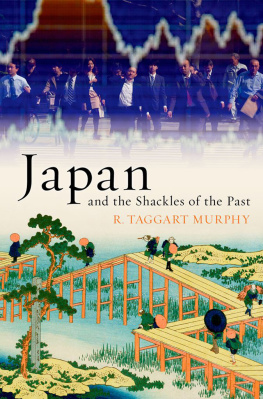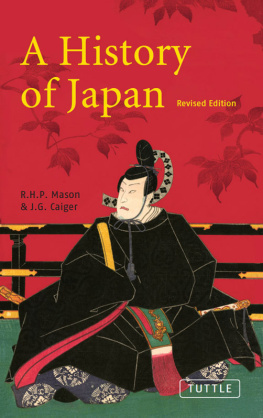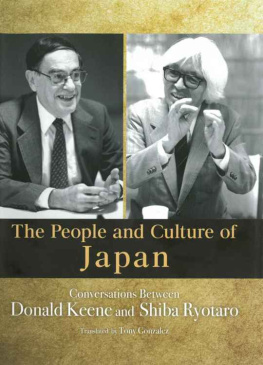Viktoria Niebuhr - History of Japan: From early history to the present day
Here you can read online Viktoria Niebuhr - History of Japan: From early history to the present day full text of the book (entire story) in english for free. Download pdf and epub, get meaning, cover and reviews about this ebook. year: 2019, publisher: Viktoria Niebuhr, genre: Religion. Description of the work, (preface) as well as reviews are available. Best literature library LitArk.com created for fans of good reading and offers a wide selection of genres:
Romance novel
Science fiction
Adventure
Detective
Science
History
Home and family
Prose
Art
Politics
Computer
Non-fiction
Religion
Business
Children
Humor
Choose a favorite category and find really read worthwhile books. Enjoy immersion in the world of imagination, feel the emotions of the characters or learn something new for yourself, make an fascinating discovery.
- Book:History of Japan: From early history to the present day
- Author:
- Publisher:Viktoria Niebuhr
- Genre:
- Year:2019
- Rating:5 / 5
- Favourites:Add to favourites
- Your mark:
History of Japan: From early history to the present day: summary, description and annotation
We offer to read an annotation, description, summary or preface (depends on what the author of the book "History of Japan: From early history to the present day" wrote himself). If you haven't found the necessary information about the book — write in the comments, we will try to find it.
History of Japan: From early history to the present day
Introduction to Japans history
Are you interested in the history of Japan?
Would you like to know more about the peculiarities and characteristics of each Japanese epoch?
Marco Polo was the first to mention the Japanese territory of Eastern Asia around 1300 in his writings. Zipango (the medieval name for Japan in Europe) was in his mind a land covered with gold, silver and pearls. This and many other mysteries persisted until the first actual arrival of globetrotters from Europe. Japan was a distant beauty to explore.
Today, Japan likes to present itself to the public as a unit. However, the complexity of its culture can quickly be guessed if one considers the geographically extensive area (377,835 km) on which the country stretches. Differences in religion, language and cuisine are therefore indispensable. The different climate zones that Japan encompasses also contribute to the countrys diversity.
Youll find out in this book:
... Japan and its origins
... The Early History of Japan (about 30,000 years ago to 300 AD)
... Antiquity (300 1192 AD)
... The middle ages (1192-1603): The period of the shoguns and Samurai
... Early Modern Age: Time for Peace and Cultural Developments
... Modernity: Japans role in World War I and World War II, Pearl Harbour and much more.
... Heisei period: Japan today - culture, trends etc
... And much more!
Secure the book today and immerse yourself in the history of Japan!
Viktoria Niebuhr: author's other books
Who wrote History of Japan: From early history to the present day? Find out the surname, the name of the author of the book and a list of all author's works by series.

